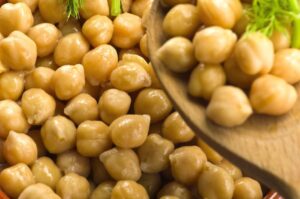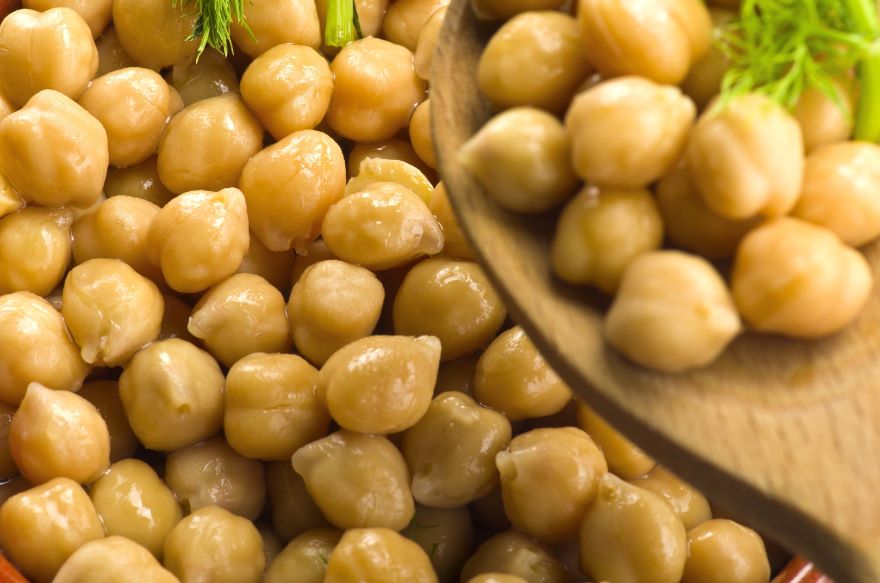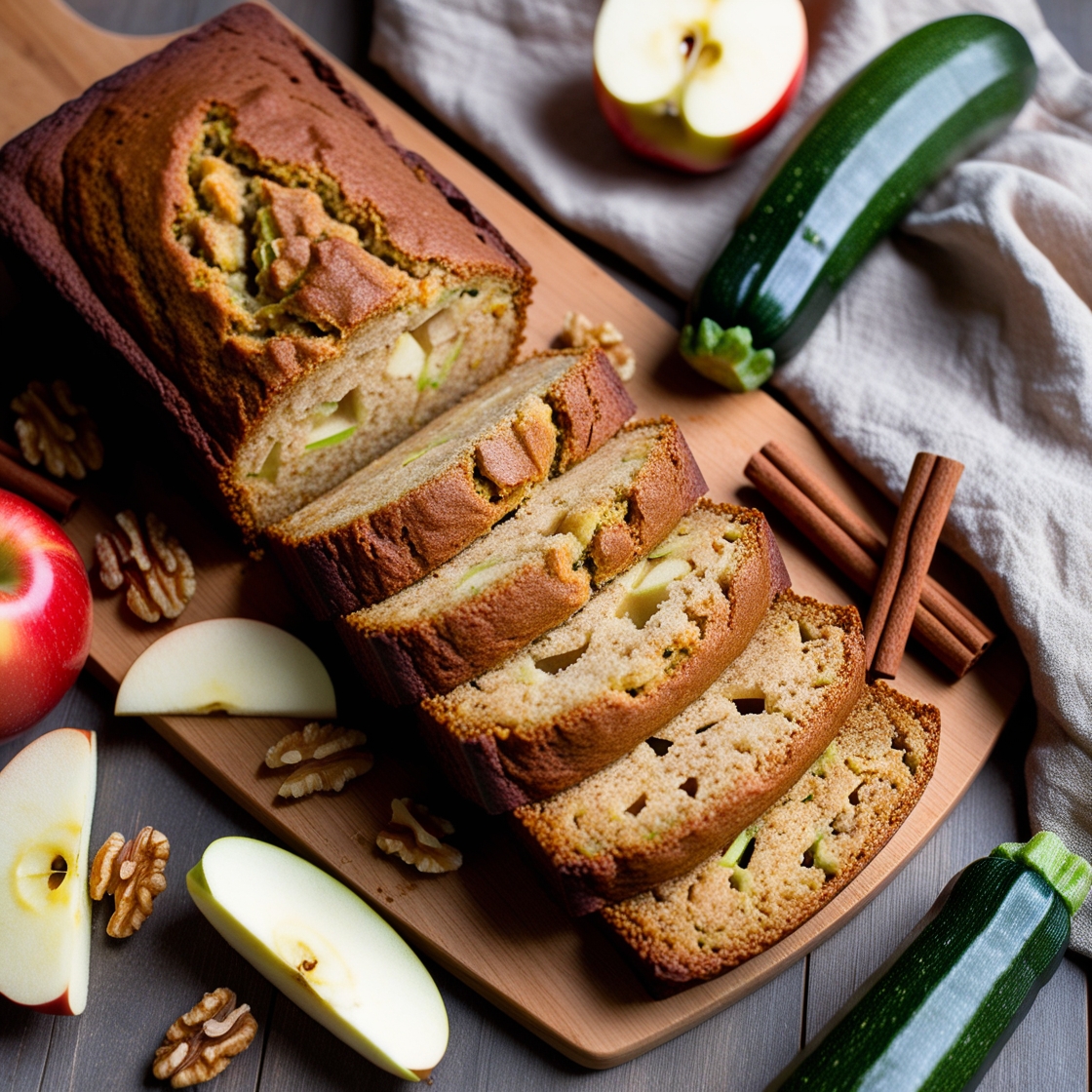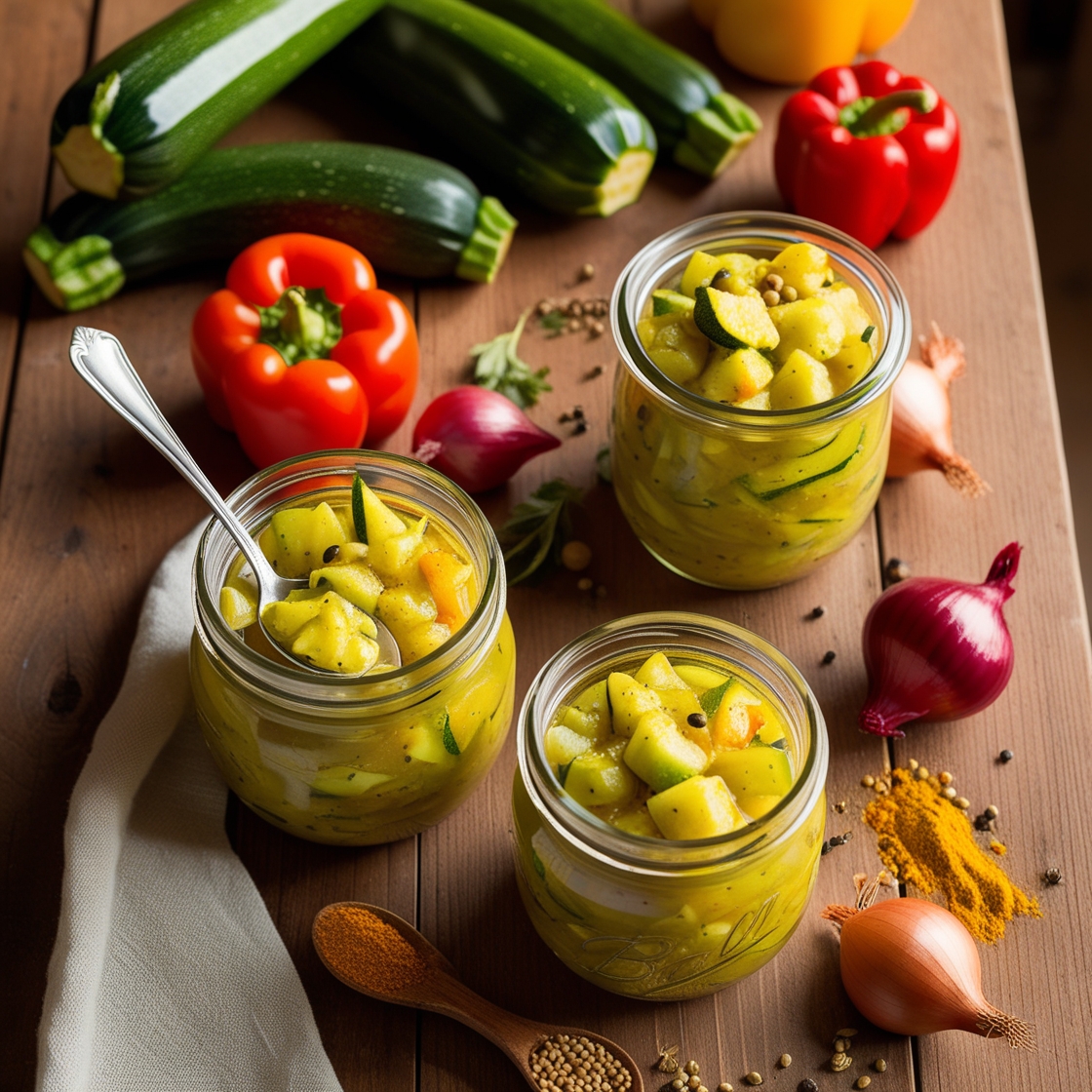A few months ago, I’m standing in the grocery store, staring at this can of chickpeas, and I started wondering what they actually taste like. Honestly? I had no clue. Sure, I’d eaten hummus before, but I’d never really thought about what chickpeas taste like on their own. That got me curious enough to actually buy some and experiment.
Turns out, chickpeas are way more interesting than I expected. They’re also called garbanzo beans, which sounds fancier but they’re the same thing. After a week of cooking with them in different ways, I can tell you they’ve got this mild, nutty flavor that’s hard to describe. It’s not overwhelming like some beans can be.

My First Real Taste Test
I decided to cook some plain chickpeas first, just to see what the hype was about. I used the dried ones because my colleague insists they taste better than canned. After soaking them overnight (which I almost forgot to do), I boiled them for about two hours.
The texture surprised me. They’re firm but not hard, kind of like cooked pasta that still has some bite to it. When I took my first real bite, I noticed this earthy taste – not like dirt, but more like…. maybe like the smell after it rains? There’s also this subtle nuttiness, kind of like almonds but much milder.
My husband tried one and said they taste like “nothing much,” but I think he missed the point. They’re not supposed to punch you in the face with flavor. They’re more like a blank canvas that picks up whatever you cook them with. I threw some salt and olive oil on them, and suddenly they were actually pretty good.
The canned ones I tried later were definitely softer and had less flavor. Not bad, just different.
If you’re not a fan of babysitting a pot on the stove for two hours, let me tell you—investing in an Instant Pot changed the game for me. It cooks dried chickpeas to perfect tenderness in under an hour, no soaking needed. It’s a time-saver and texture upgrade all in one.

Instant Pot Pro Plus Wi-Fi Smart 10-in-1, Pressure Cooker, Slow Cooker, Rice Cooker, Steamer, Sauté Pan, Yogurt Maker, Warmer, Canning Pot, Sous Vide, Includes App with Over 800 Recipes, 6 Quart
- 10-IN-1 FUNCTIONALITY: Pressure cooker, slow cooker, rice cooker, steamer, sauté pan, yogurt maker, warmer, canning pot, sous vide, and NutriBoost
- STAYING CONNECTED: Wirelessly operate and program the Instant Pot Pro Plus over Wi-Fi using the Instant Brands Connect app on your mobile device and access over 1900+ highly rated Smart Recipes
- SIMPLE TO OPERATE: Large, easy-to-read display and intuitive, sensitive touch controls
- STRESS-FREE STEAM RELEASE: Easily release steam with the one-touch button on the control panel or via the Instant Brands Connect app
The preserving process seems to mute their natural taste a bit. For quick meals, they work fine, but if you want to really understand what chickpeas taste like, go with dried ones.
Why I Got Hooked on the Health Benefits
Before I became health conscious, I wasn’t the type to obsess over a food’s nutritional content—but chickpeas actually made me pay attention. One cup has 15 grams of protein, which is more than I expected from a bean. My sister-in-law’s been trying to eat less meat lately, and when I told her about this, I was surprised to hear that chickpeas are part of her diet.
The fiber content is also impressive – around 12 grams per cup. I definitely noticed feeling full longer after eating them, which is nice when you’re trying not to snack all afternoon. My doctor mentioned that the fiber helps with digestion, which is always a good thing.
What really caught my attention was learning about their mineral content. They’ve got iron, which helps with energy, magnesium for muscle function, and potassium for heart health. I’m getting to that age where I actually care about this health detail, so it’s nice to find foods that taste good and are good for you.
The low glycemic index thing is interesting too. Apparently, they don’t spike your blood sugar like some other foods do. That’s important for me and my husband, Bruce, at this point.
Discovering Chickpeas Around the World
Chickpeas are everywhere once you start looking. Every Indian place has them in their curries. Mediterranean restaurants build their appetizer menus around hummus. I even read about Filipino desserts using chickpeas, which seems completely unexpected to me.
When I mentioned my chickpea “discovery” online, someone pointed out that hummus has been around forever in Middle Eastern cooking. The basic recipe is dead simple: chickpeas, tahini, lemon, garlic, olive oil. Amazing how these basic ingredients create something so much better than store-bought versions.
I started throwing chickpeas into salads for extra protein. They add this nice, substantial texture that makes a salad feel like real food, not just leafy filler. I’ve also been adding them to soups and stews, where they soak up all the flavors while adding their own subtle earthiness.
Learning About Different Types
I had no idea there were different kinds of chickpeas until I went to this Middle Eastern grocery store downtown. The owner showed me these smaller, darker ones called Desi chickpeas. They’re also called Bengal gram or kala chana, and they have a more intense flavor than the regular ones I was used to.
These smaller ones have rougher skins and pack more nutrition. They’re common in Indian cooking, and I can see why – their stronger flavor holds up better against all those spices.
The bigger, lighter ones (Kabuli chickpeas) are what you find in most American grocery stores. They’re smoother and milder, which makes them perfect for things like hummus where you want that creamy texture without competing flavors.
My Process of Culinary Discovery
My first attempt at cooking dried chickpeas didn’t go as planned—I skipped the soaking step and was puzzled when they remained firm after an hour of boiling. It was a learning moment, and I’ve adjusted my approach since.
Now I always soak them overnight in plenty of water. If I forget, I can do a quick soak by boiling them for two minutes, then letting them sit covered for an hour. It’s not as good as the overnight method, but it works.
Cooking takes patience – usually about 90 minutes to two hours of simmering. I learned not to add salt until near the end because it can make the skins tough.
The seasoning part is where things get fun. While chickpeas have their own flavor, they really come alive with the right spices. I like adding bay leaves to the cooking water, and for finished dishes, cumin and smoked paprika work great. A squeeze of lemon juice at the end brightens everything up.
My Go-To Chana Masala
This became our family’s new favorite dinner after I figured out how to make it properly. It shows off what chickpeas taste like when they’re treated right – hearty and satisfying with just enough spice to keep things interesting.
Ingredients:
- 2 cups cooked chickpeas (I prefer dried, but canned works)
- 2 medium tomatoes, chopped
- 1 large onion, diced
- 4 garlic cloves, minced
- 1 tablespoon garam masala
- 2 teaspoons cumin
- 1 teaspoon coriander
- 1/2 teaspoon turmeric
- 1/4 teaspoon cayenne (adjust to taste)
- 2 tablespoons oil
- Salt
- Fresh cilantro
How I make it:
I heat oil in a big pan and cook the onions until they’re golden. Then I add garlic for about a minute before throwing in all the spices. I let them toast briefly to wake up their flavors, then add the tomatoes.
Once the tomatoes break down, I add the chickpeas with enough water to make a sauce. I let everything simmer for 15-20 minutes so the chickpeas absorb all those flavors. The result is this rich, comforting dish that my whole family actually enjoys.
Homemade Hummus That Actually Tastes Good
Making hummus at home was easier than I thought, and it tastes so much better than the stuff from the store. It really shows off the creamy, nutty qualities that make chickpeas special.
What you need:
- 2 cups cooked chickpeas (save some cooking water)
- 1/4 cup tahini
- 3 tablespoons lemon juice
- 2 garlic cloves
- 3 tablespoons olive oil, plus extra for serving
- 1/2 teaspoon salt
- Optional: roasted red peppers or spices
My method:
I put everything in my food processor and let it run until it’s completely smooth. This takes longer than you’d think – don’t give up too early! I add some cooking water or regular water until I get the right consistency.
The key is tasting as you go and adjusting. Once it’s ready, I put it in a bowl, drizzle with olive oil, and maybe sprinkle some paprika on top. Sometimes I add roasted red peppers for extra flavor and color.
Common Mistakes When Cooking Chickpeas

I’ve made plenty of mistakes with chickpeas over the past few months, and I’ve learned from each one. Here are the biggest ones that can mess up your chickpea experience.
The biggest mistake I made early on was not soaking them long enough. I thought a couple hours would be fine, but chickpeas really need that full overnight soak. When I skipped this step or cut it short, they took forever to cook and some stayed hard in the center even after hours of boiling.
Salt was my second big mistake. Added it right at the start once and ended up with chickpeas that never softened, even after three hours of cooking. Same goes for tomatoes or lemon – save the acid for later. Now I always wait until they’re tender before adding any seasonings.
I also used to cook them on too high heat, thinking it would speed things up. Big mistake. High heat makes the outsides mushy while the insides stay hard. Low and slow is the way to go – a gentle simmer for as long as it takes.
I never added seasoning to the cooking water until my colleague mentioned it. Now I throw in a bay leaf or some baking soda – makes a difference.
Finally, I used to give up too early. Sometimes chickpeas just take longer than expected, especially if they’re older or if your water is hard. I’ve learned to be patient and just keep simmering until they’re actually tender, not just cooked through.
What I’ve Learned About Chickpeas
Looking back on these months of chickpea experiments, I get why people either love them or don’t understand the hype. The flavor profile sits somewhere between bland and interesting – which sounds like a backhanded compliment, but it’s actually their superpower.

My initial reaction was skepticism. These beige, wrinkled things didn’t look appetizing. The first few times I ate them plain, I wondered what all the fuss was about. They have this particular earthiness that’s nothing like the sharp bite of black beans or the creamy richness of pintos.
What changed my mind was seeing how they transform in different dishes. In my chana masala experiment, they absorbed every spice and became the star of the show. When I blended them into hummus, their nuttiness came forward in a way I hadn’t noticed before.
The texture threw me off at first. Depending on the cooking method and timing, they can be anything from chalky to creamy to downright mushy. Getting that perfect tender-but-not-falling-apart consistency took practice and patience.
Here’s what surprised me most: the staying power. A bowl of chickpea curry keeps me satisfied for hours, unlike pasta or rice that leave me hunting for snacks later. The combination of plant protein and fiber creates this sustained energy that I actually notice throughout my day.
My takeaway? Don’t expect to fall in love immediately. Start with dishes where chickpeas play a supporting role—toss a handful into your usual salad or soup. Once you recognize their subtle contribution, you’ll start to appreciate what they bring to the table.
These days, I keep both dried and canned versions stocked. They’ve become my go-to solution when I need to make a light meal more substantial or when I want to add protein without meat. Not glamorous, but incredibly practical – which pretty much sums up my whole chickpea journey.

*We may earn a commission for purchases made using our links. Please see our disclosure to learn more.



